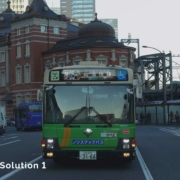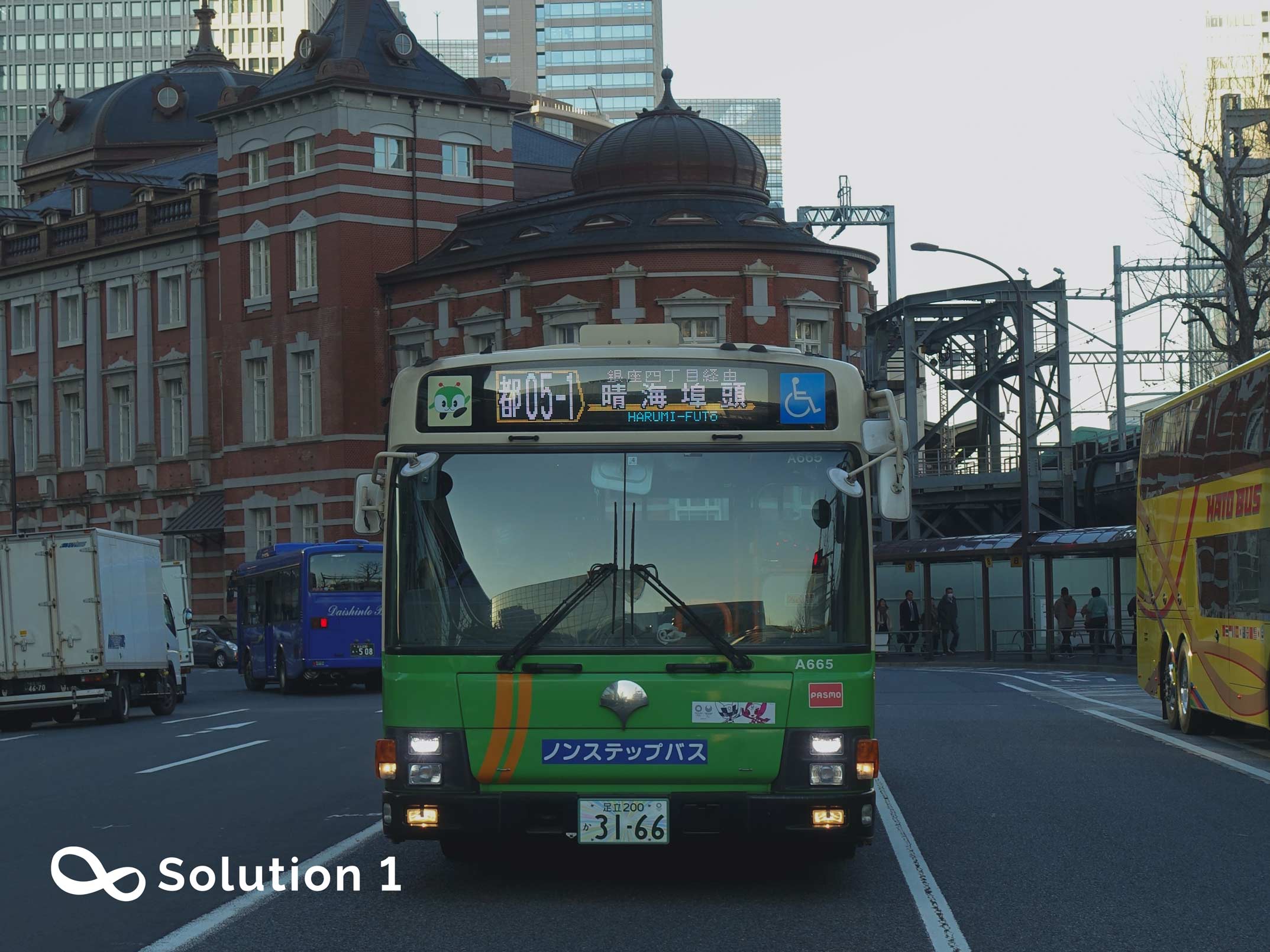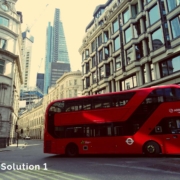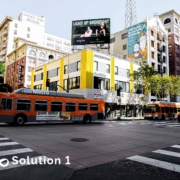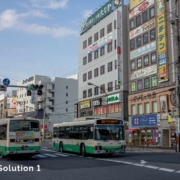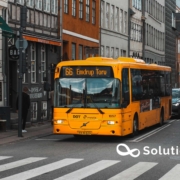In recent years, the global electric bus market size is rapidly growing.
- The Asia Pacific is the largest Electric Bus Market in the world.
The first application of a full-electric bus was during Olympic Games 2008 in Beijing, followed by launching an electric bus with a range of 250-300 kilometers in 2010. These incidents have opened up the electric bus market for China manufacturers. China is by far leading the deployment of electric buses in the Asia Pacific.
The China government declared the EV industry as one of the national, strategic, emerging industries in 2010, and regarded it as a key part of the strategic plan “Made in China, 2025”. Nowadays, the proportion of electric buses in some first-tier cities, such as ones in China, has reached more than 50% and continues to increase rapidly.
“According to Markets and Markets, the Asia Pacific is the largest Electric Bus Market in the world. It comprises some of the fastest developing and developed economies in the world. The growth in the region can be attributed to the dominance of the Chinese market and leading automobile manufacturers such as BYD, Yutong, Zhongtong, and Ankai in the country, resulting in exponential growth of the Asia Pacific Electric Bus Market.
Also, Shenzhen was the first city in the world to have a fully electrified public transport fleet. The favorable regulations for electric buses, and electronic components at cheaper rates, and rapidly growing charging infrastructure that boosts the Asia Pacific Electric Bus Market.”
Shenzhen has the world’s first and largest fully electric bus and taxi fleets. Public transportation in Shenzhen is mostly served by buses, metro, and taxis, all buses and taxis are electrified. Private cars, garbage trucks, and other heavy-duty vehicles are currently transitioning towards electrification.
There are over 16,000 buses registered in Taiwan, including 800 electric buses operating. On the other hand, Taiwan defined a timetable by 2030 on a plan to achieve full electrification of diesel bus fleets.
- Other countries are making efforts to follow up the pace of the era of electric buses.
Transportation is on the cusp of technological shifts, with fully autonomous technology moving closer to reality and alternative power sources experiencing technological advancement that is pushing them to challenge the status quo. Travel in the U.S. is dominated by personal automobiles, comprising 83% of U.S. passenger trips, with limited use of all other trip modes. Automobile dependence has resulted in sprawling development, significant traffic congestion, and limited public transportation options.
“According to Markets and Markets, the global Electric Bus Market size is projected to grow from 81 thousand units in 2021 to reach 704 thousand units by 2027, at a CAGR of 43.1%.”
The development of electric buses is lagging in North America, such as the US does not have more than 500 electric buses, but other countries are making efforts to follow up the pace of the era of electric buses. California aims to have 100 % electric buses, which are around 12,000 city buses by 2040. Other 15 states have also followed the steps of California in electrifying heavy-duty vehicles, including buses, to achieve zero-emission transportation.
In Canada, line 36 was the first fully electric bus transit line that operated in 2020. After two years of testing, the application of electric buses received a high satisfaction rate and also proved it can withstand the Canadian winter. Chile is the first country in South America to provide electric buses. In Santiago, 30 % of the community travels by public transport, making the capital government determined to replace all its fleets by 2040.
In Europe, the European Union adopted a new law in February 2019 where a quarter of new buses purchased by public authorities should be clean energy by 2025. Major cities in Europe have announced to ban all diesel buses by 2025. There are 1,000 electric buses in operation in the Netherlands. Dutch public transport buses are targeted to reach 20 % emission-free in five years.

